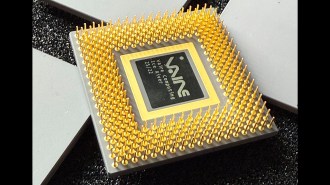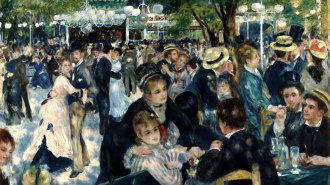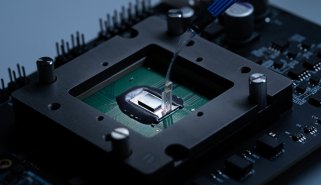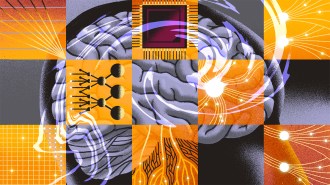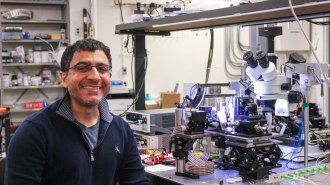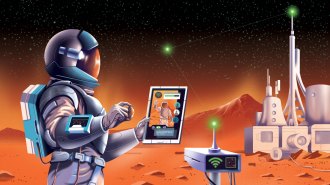Speech recognition has come a long way in 50 years
Excerpt from the March 4, 1967, issue of Science News
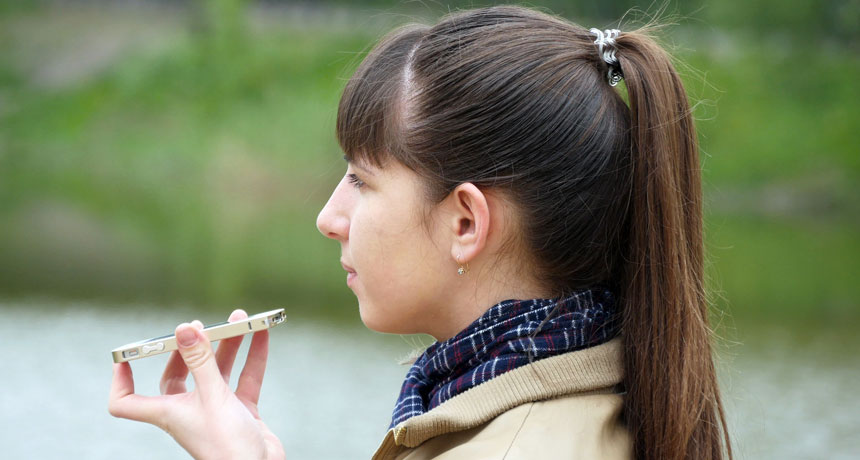
SAY WHAT? Hello, Siri, can you understand me now? That conversation goes much differently today than it would have in the 1960s, when devices only knew nine words.
OLEH SLEPCHENKO/Shutterstock
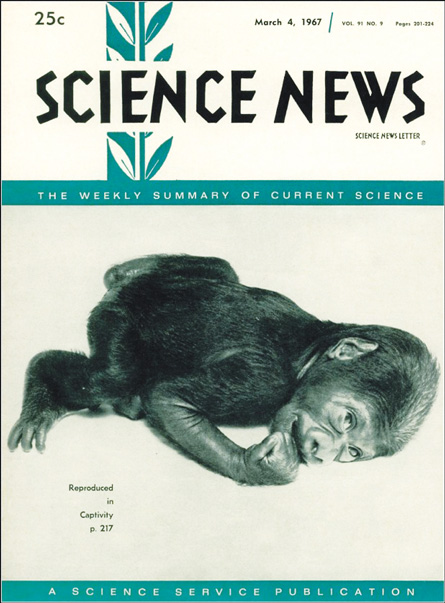 Computers that hear
Computers that hear